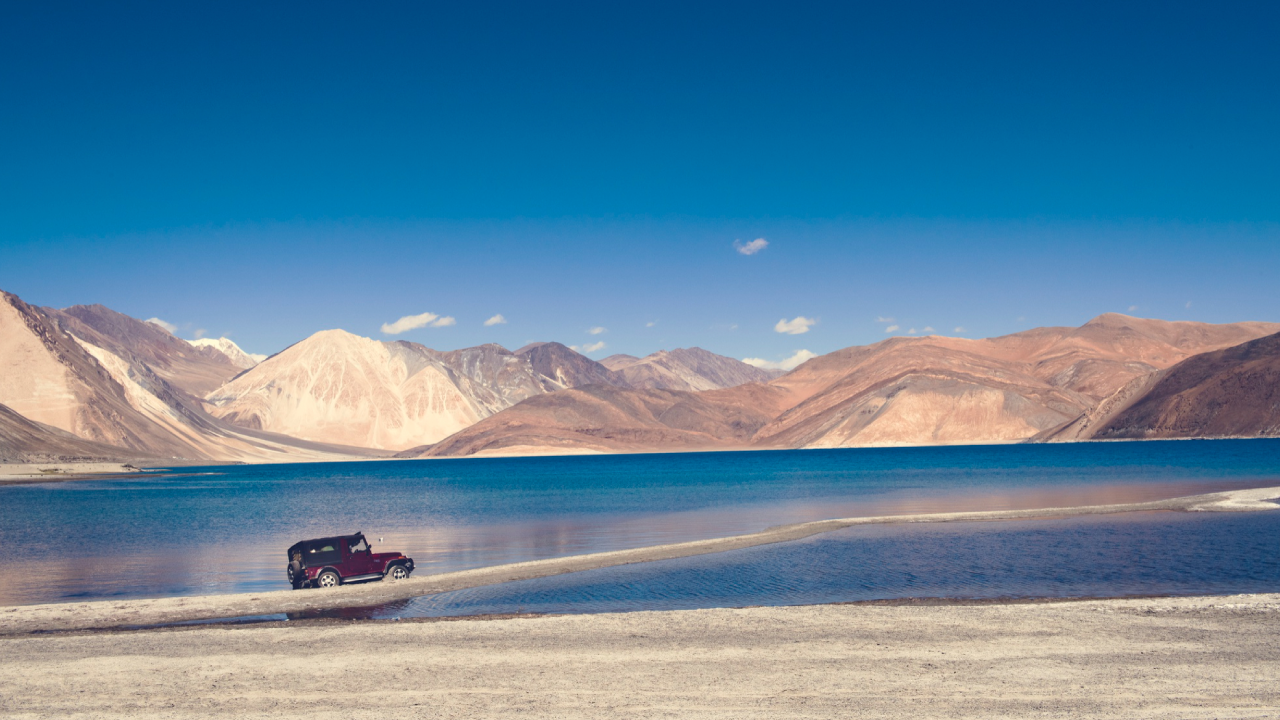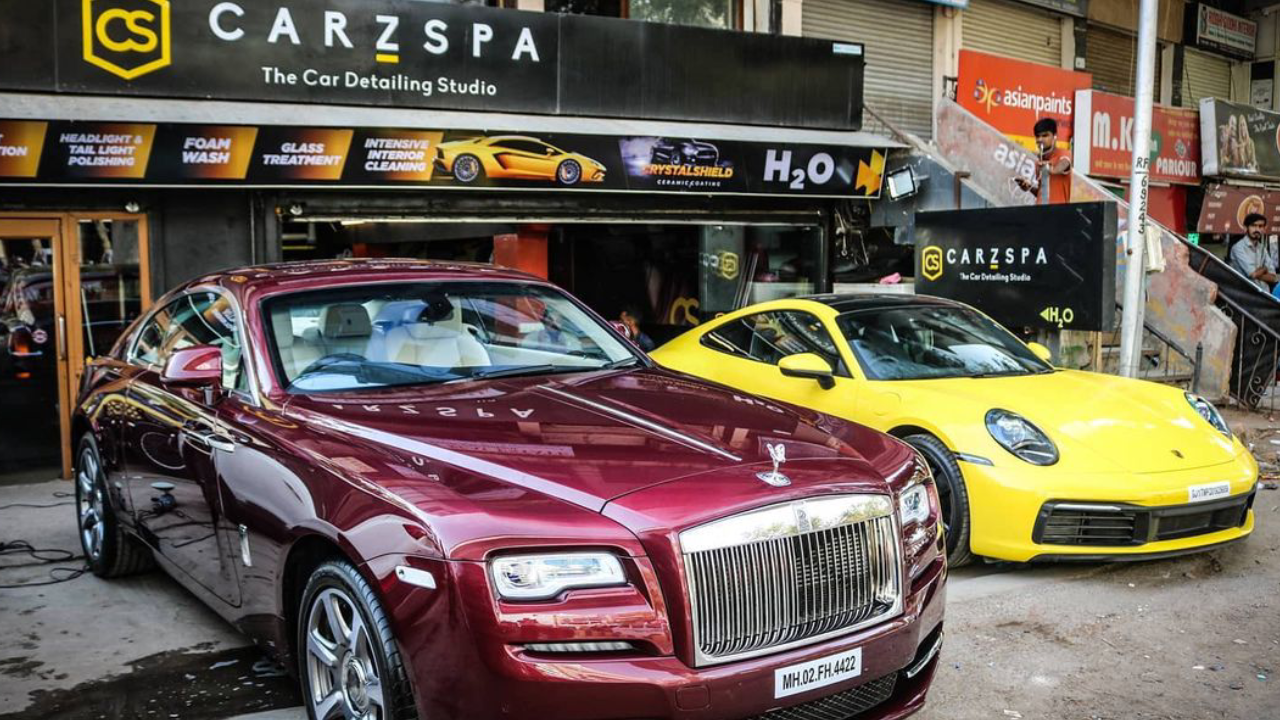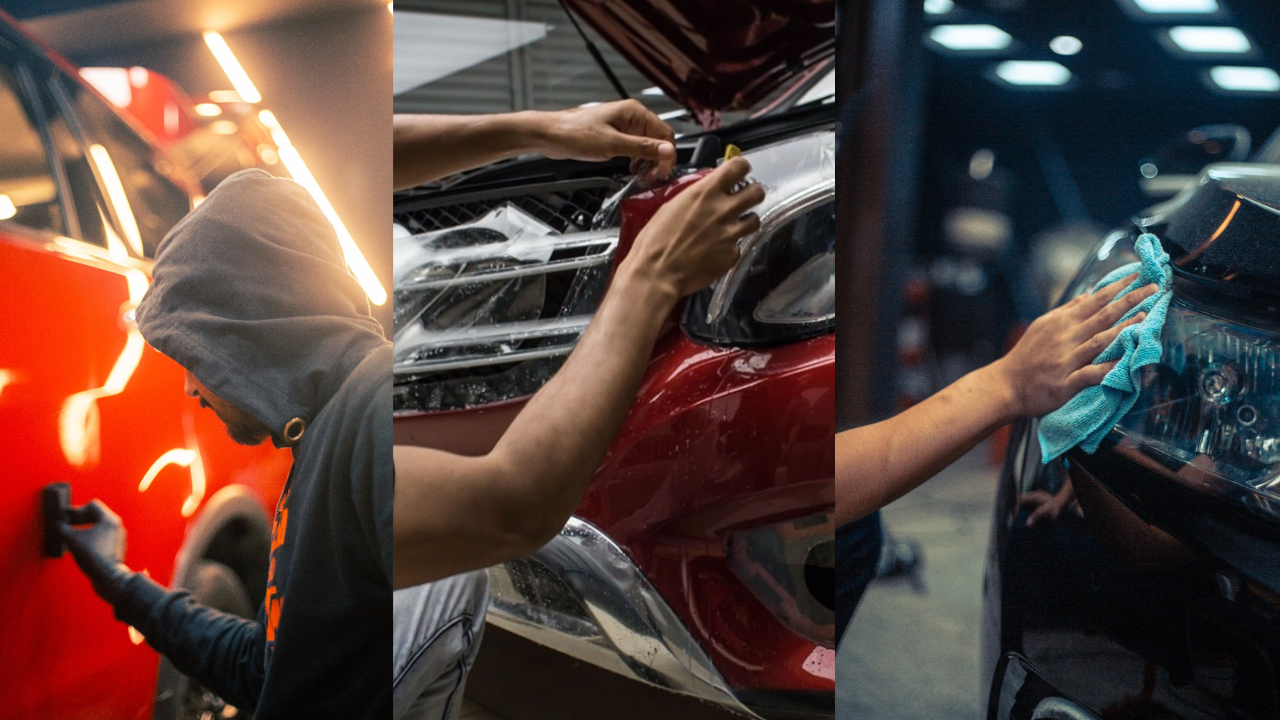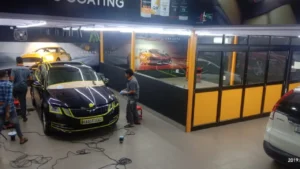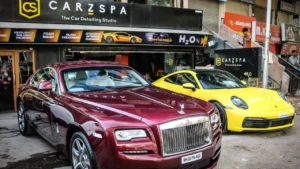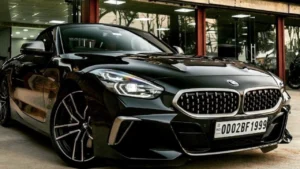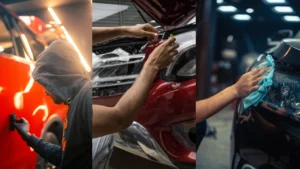Picture this – It’s summery Friday evening, your car is fuelled up, the boot space is packed to the brim, the playlist is ready and now the three of you are waiting for that fourth friend – the one who’s always late! Whether you’re planning a weekend escape to the Rayta Hills or a spontaneous drive to that dhaba you’ve been meaning to try, your car isn’t just taking you places; it’s unlocking experiences that previous generations could only dream of.
The story of how cars have shaped India’s travel culture isn’t just about transportation evolution; it’s about how four wheels transformed us from destination-focused travellers to journey-loving explorers. From the days when owning an Ambassador meant you could finally visit distant relatives, to today’s era where a well-planned road trip can rival any international vacation, cars have fundamentally changed not just how we travel, but how we connect with our incredible country.
Table of contents
The Great Indian Road Trip Revolution
Remember when travel meant catching the early morning train or enduring hours on a crowded bus? Those days feel like ancient history now. The real revolution began when cars became accessible to India’s growing middle class, turning weekend getaways from luxury to lifestyle.
What’s fascinating is how this shift happened gradually, then all at once. First came the practical benefits, families could finally visit hill stations during monsoons, explore national parks at their own pace and discover those hidden waterfalls that buses simply couldn’t reach. But somewhere along the way, the journey itself became the destination.
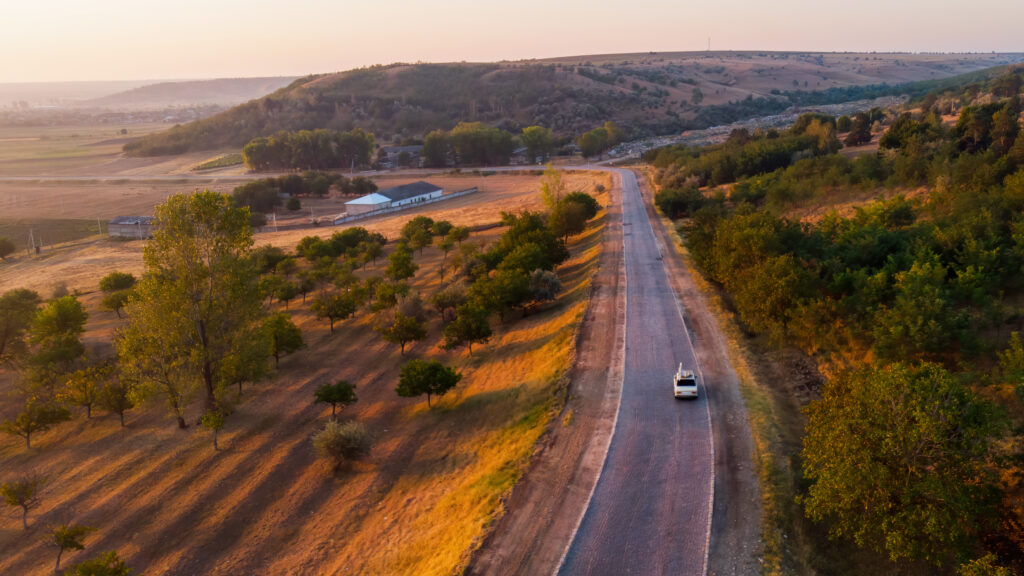
Today’s road trip culture draws inspiration from everywhere; from TVF’s Tripling, capturing the essence of sibling bonding on highways, to social media feeds filled with scenic route discoveries. We’ve evolved from travellers who endured journeys to reach destinations, to explorers who craft journeys as carefully curated experiences.
Highway Culture: Where Stories Come Alive
India’s highway transformation deserves its chapter in travel history. The Golden Quadrilateral didn’t just connect cities; it created an entirely new roadside culture. Those highway dhabas aren’t just pit stops anymore; they’re destinations where Mumbai families bond over parathas while discussing the next leg of their Goa trip, where college friends create memories over chai before conquering the hills of Himachal.
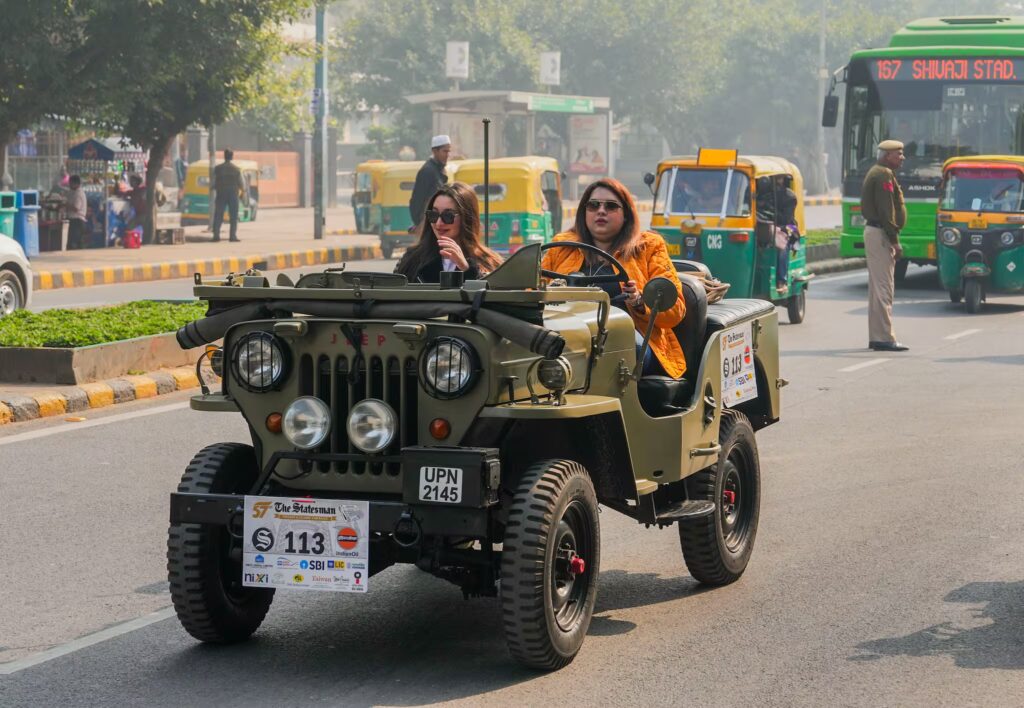
The modern Indian highway has become a social space. You’ll find car clubs meeting at designated spots, families sharing travel tips with strangers and solo travellers discovering that the road community is incredibly welcoming. These highways have their own rhythm, early morning truckers sharing the road with adventure seekers, dull afternoons broken by weekend travellers heading to nearby getaways.
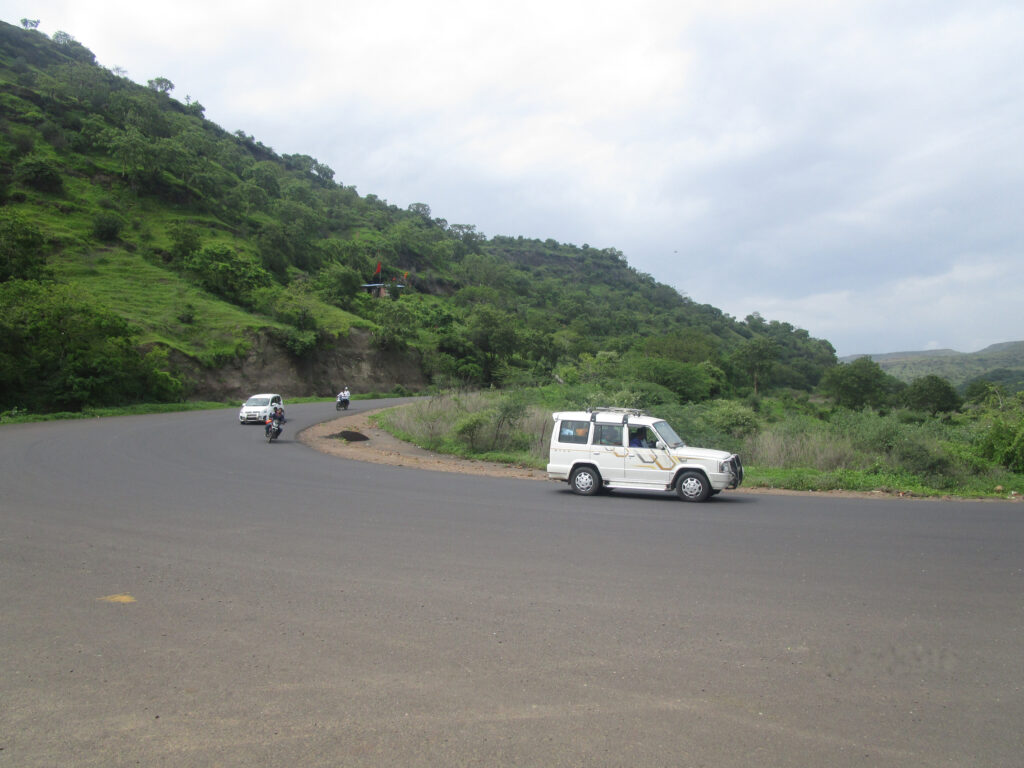
What’s remarkable is how Indian road conditions have shaped our unique driving culture. We’ve learned to adapt, to read the road like a language and to find joy in the imperfect journey. Every pothole dodged becomes a shared laugh, every scenic detour becomes a story worth telling and, of course, sharing on your Instagram travel vlog.
Your Car, Your Gateway to Hidden India
Here’s where it gets interesting… different cars have unlocked different types of Indian travel experiences. The compact hatchback opened up hill station car travel for urban families, making weekend escapes to Lonavala or Nainital a regular affair. SUVs democratised access to national parks and wildlife sanctuaries that were once the domain of serious adventurers only.
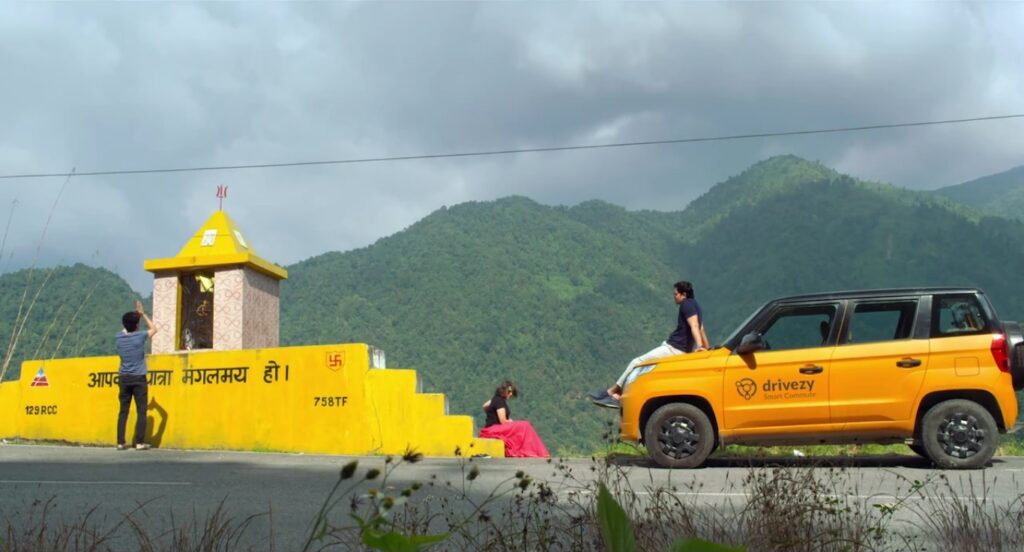
In the North, robust vehicles like the Force Gurkha and Mahindra Thar tackle the challenging terrains leading to Ladakh and Spiti, while in the South, reliable sedans cruise along coastal highways connecting Goa to Kerala. The West sees the Audis, the Mercedes and Volvos gliding down expressways to weekend homes, while the East’s sturdy vehicles navigate diverse landscapes from Darjeeling’s curves to the Sundarbans’ approach roads.
This isn’t just about capability, it’s about confidence. When you know your car can handle the journey, you’re more likely to take that spontaneous detour, explore that village festival you heard about or camp under stars in places you’ve never been before.
Car culture has evolved beyond mere ownership; it’s become about the experiences your vehicle enables.
The Emotional Highway: From Commute to Adventure
The psychological shift has been profound. Cars transformed travel from an obligation to an opportunity. Suddenly, that weekend didn’t have to be spent at home; it could be spent discovering heritage sites in Rajasthan, chasing waterfalls in Karnataka or simply driving through mustard fields in Punjab.
Regional diversity became accessible through road travel. A Mumbai family could experience Rajasthani culture firsthand, Delhi residents could easily explore Himachali traditions and Bangalore techies could weekend in coastal villages. Cars didn’t just connect places; they connected cultures, creating a generation of Indians who are more travelled and culturally aware than ever before.
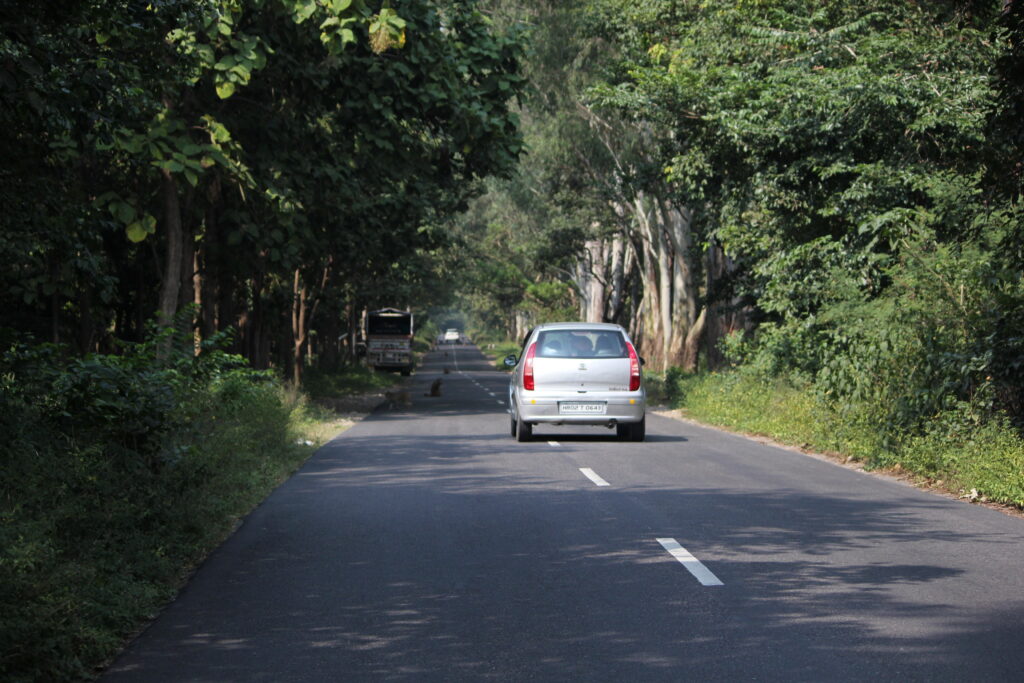
The car also became a space for bonding. Long drives created opportunities for conversations that wouldn’t happen otherwise, family road trips became annual traditions and friend groups discovered that the journey together was often more memorable than the destination itself. This road trip culture has fundamentally changed how Indians approach leisure and family time.
Protecting Your Travel Companion
As cars became central to our travel dreams, keeping them in peak condition became crucial. This is where car paint protection evolved from luxury to necessity. When your car is your gateway to experiences, maintaining it isn’t vanity, it’s investing in future adventures.
Indian road conditions present unique challenges. Highway debris, coastal salt air, mountain dust and urban pollution can quickly diminish your car’s appearance and value. Professional car detailing service providers understand this reality, offering solutions that go beyond aesthetics to actual protection.
Paint protection films have become increasingly popular among serious road trip enthusiasts. These transparent shields protect against stone chips from highway driving, scratches from tight parking spaces in hill stations and environmental damage from diverse climates. The self-healing properties mean minor scratches from roadside branches disappear with heat, perfect for those who don’t let challenging roads stop their exploration.
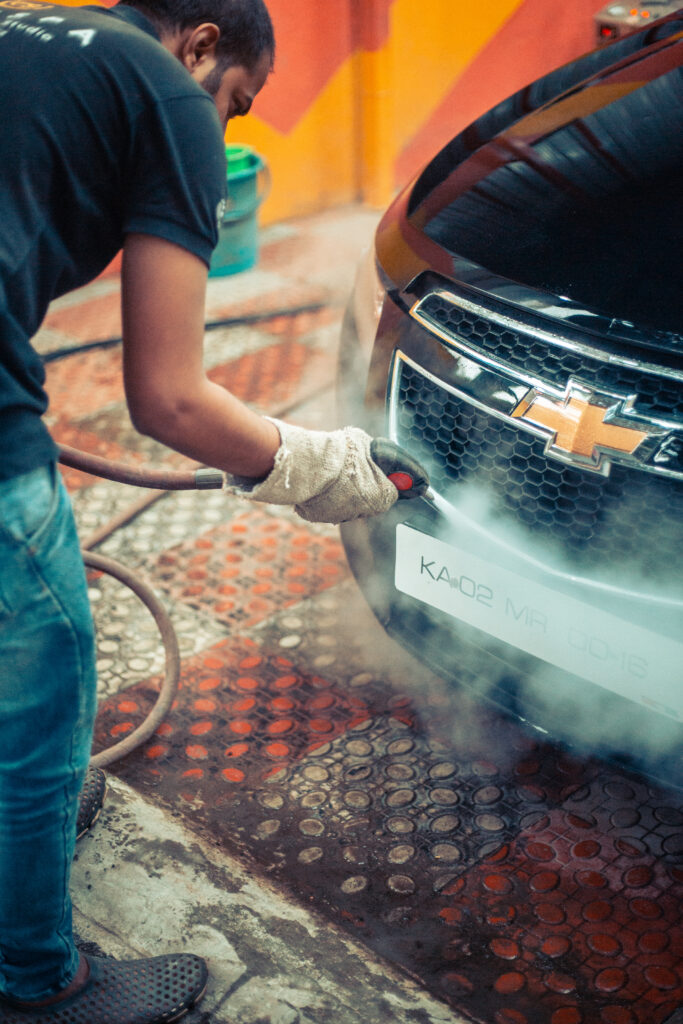
Advanced ceramic coating and graphene coating technologies add another layer of protection, creating hydrophobic surfaces that repel water, dust and contaminants. For coastal drives or monsoon adventures, these coatings are invaluable, making post-trip cleaning effortless and preserving that showroom shine despite challenging conditions.
The smart road tripper knows that combining paint protection films with ceramic coating delivers maximum protection. It’s not just about keeping your car looking good; it’s about preserving its value and ensuring it’s always ready for the next adventure.
Concluding Thoughts
Cars have not just changed how Indians travel; they have transformed how we live, aspire, and connect. From the dusty highways of Rajasthan to the lush ghats of Kerala, the story of car culture in India is one of innovation, resilience, and boundless possibility.
As we embrace new technologies and lifestyles, caring for our cars becomes a way to honour the journeys they enable. Whether it’s a weekend escape, a daily commute, or a cross-country adventure, advanced car paint protection ensures that every memory is preserved, shining as brightly as the day it was made.
For those who want their car to be more than just a machine, for those who see it as a companion on life’s journeys, investing in professional car detailing service is the first step towards a lifetime of unforgettable travels.
The road is calling and your car is ready. Are you?

